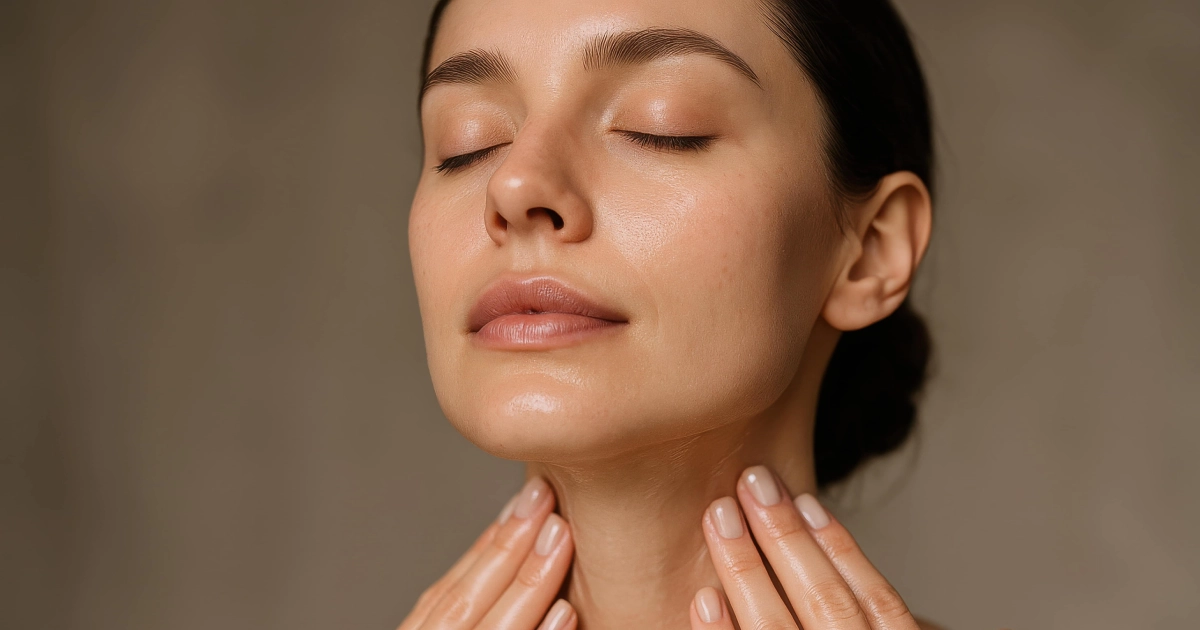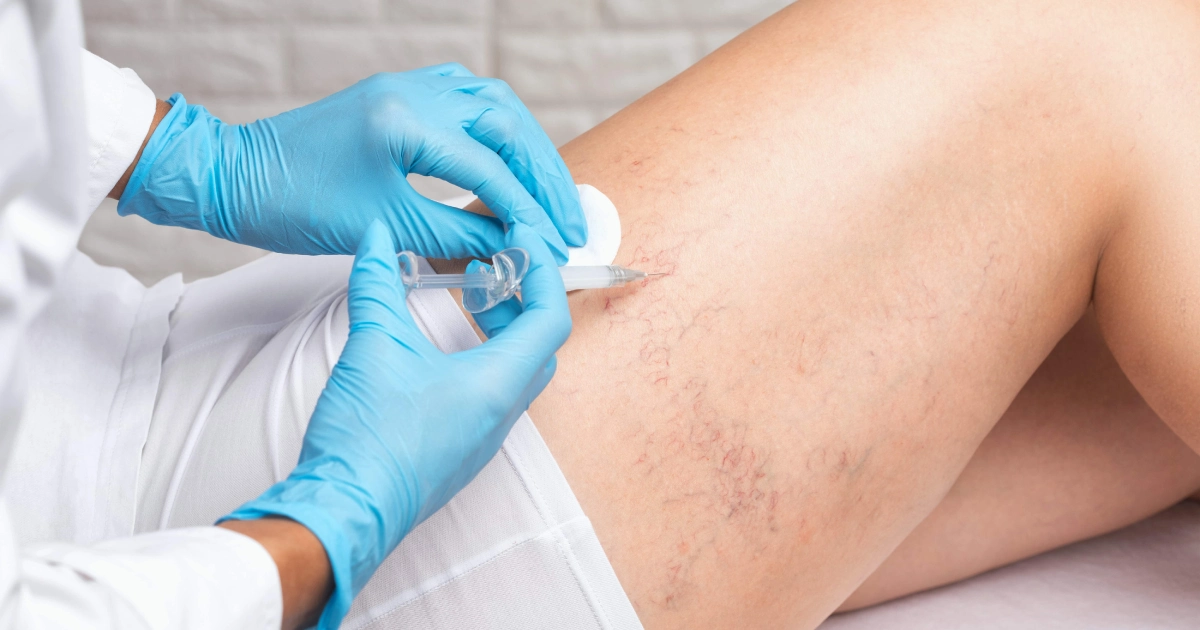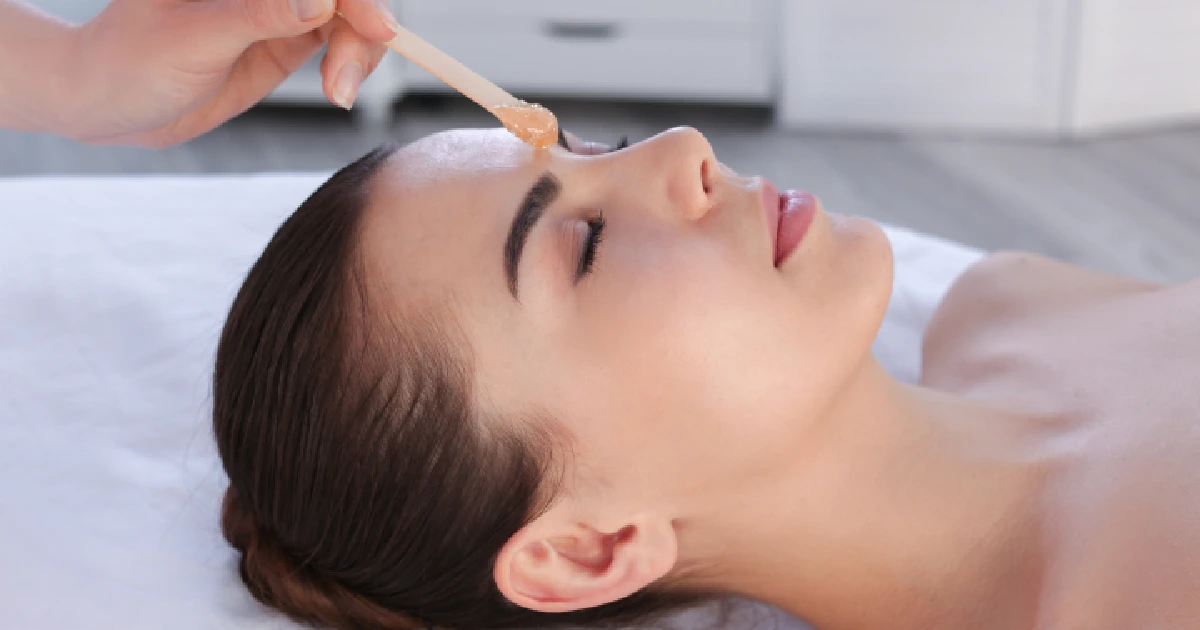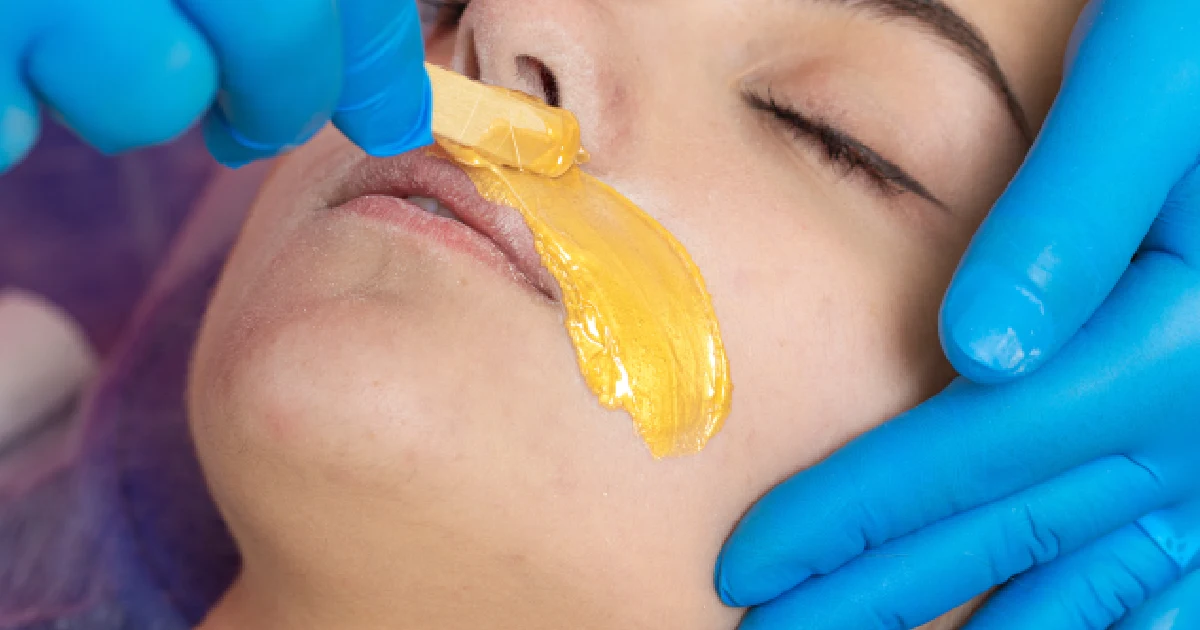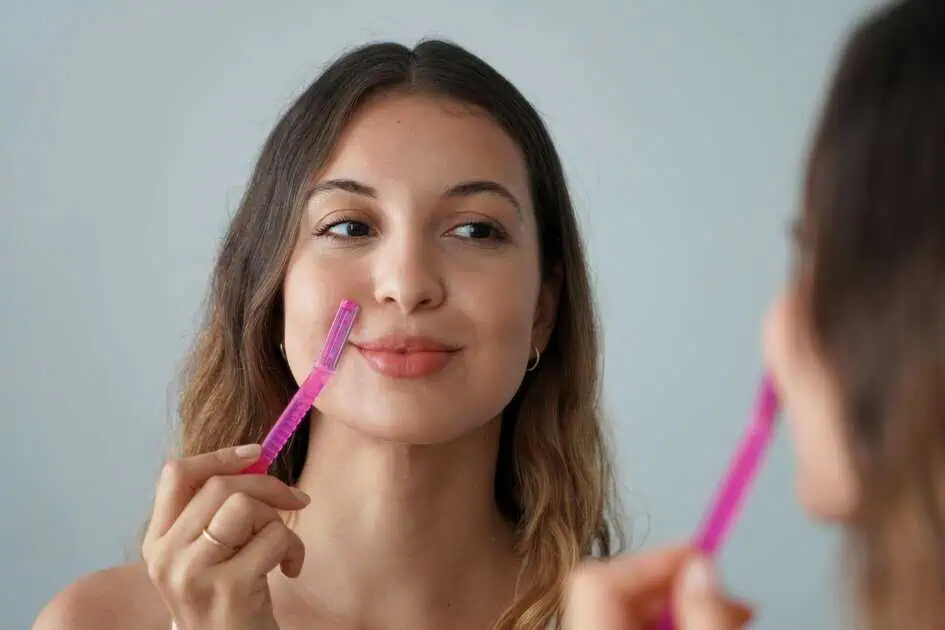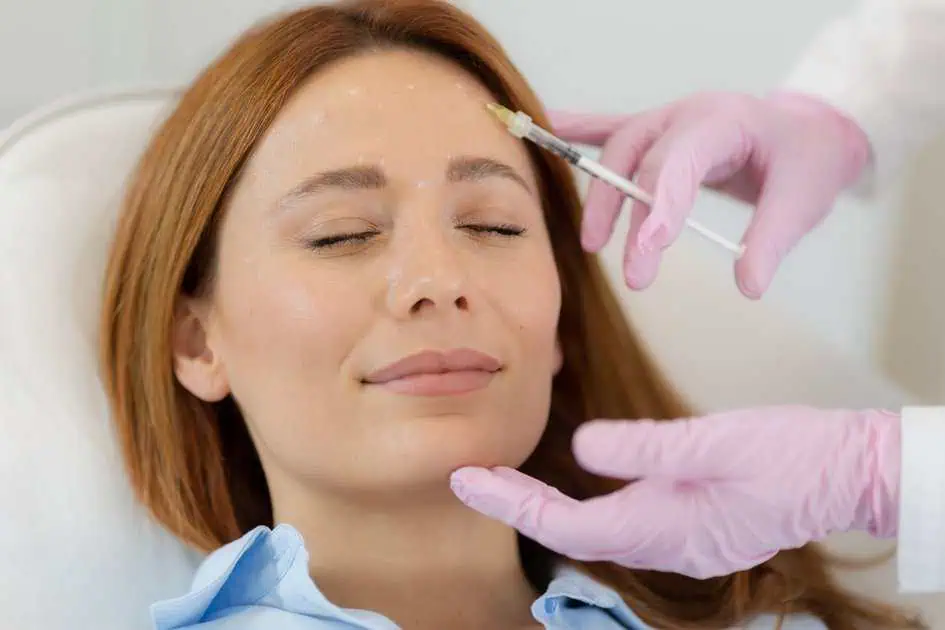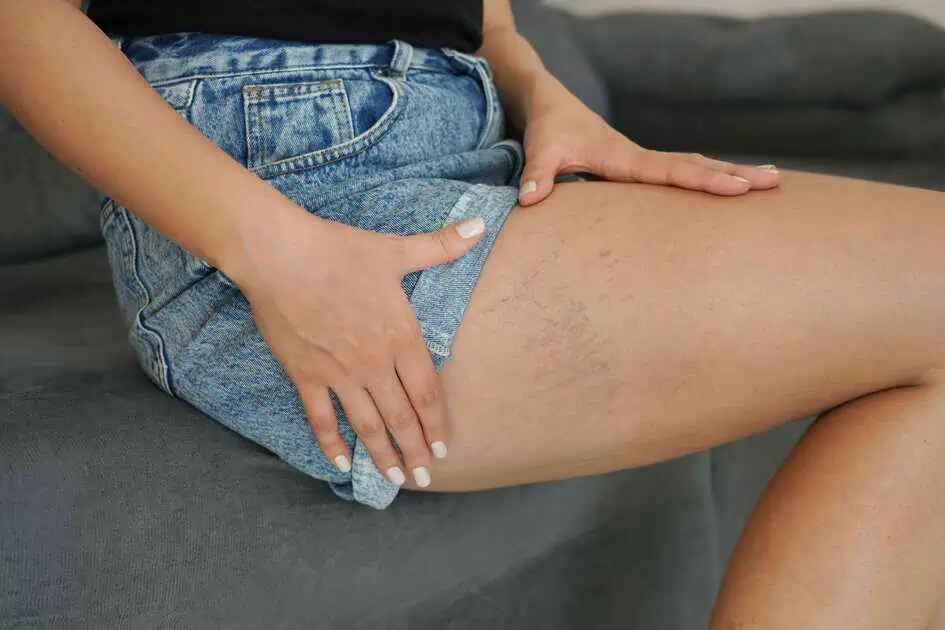Dermaplaning is a skincare treatment that has become popular for getting smooth skin fast. It involves the removal of hair on the skin’s surface using a specific scalpel, leading to a brighter-looking complexion. The dermaplaning procedure is a safe and effective way to enhance the skin’s complexion by revealing smoother skin underneath, untouched by the environmental effects.
How Does Dermaplaning Work?
The basic concept of dermaplaning is using a scalpel-type blade to remove hair, skin cells, and other scraps that may be present on the skin’s surface. While the skin’s top layer continues to expose to UV rays, environmental toxins, and irritants, this only means that it may start to appear dull in appearance.
Dermaplaning works by removing the skin’s top layer to reveal newer skin cells that will make the skin appear glowing and smoother. Also, it is essential to note that reports on its effectiveness are mostly narratives, and treatment results may vary from person to person.
What Benefits Does Dermaplaning Provide?
While there are pros and cons of dermaplaning, the following benefits are primarily anecdotal rather than scientifically proven.
- Enables better product absorption. Dermaplaning helps penetrate the top layers to benefit the skin when applying creams and serums to the face. Since dermaplaning removes the top layer and dead skin cells, the product can penetrate more deeply. The makeup can also be applied more smoothly.
- Removes peach fuzz. The fine soft hairs on the face will be completely removed with dermaplaning, leaving the skin clear and smooth. It’s been known that this fine hair can trap sebum and dirt, leading to breakouts.
- Gives lovely soft skin. The face will feel incredibly soft and smooth.
- Reduces the appearance of acne scars. Many people have reported that dermaplaning has reduced the visible appearance of their depressed acne scars.
- Fewer wrinkles and fine lines. On a similar note, many swear that dermaplaning gave them a more youthful complexion with less noticeable fine lines and wrinkles.
- Enhances radiance. Removing the dead skin cells eliminates dullness and gives the experience of a more radiant complexion.
- Non-invasive and minimal recovery. This isn’t a complex cosmetic procedure, and the benefits will be noticeable within a few days. No chemicals are used.
- It suits all skin types. Dermaplaning is generally a safe procedure suitable for all people.
What To Expect From The Dermaplaning Procedure?
A trained aesthetician, plastic surgeon, or dermatologist can perform skin resurfacing procedures like dermaplaning. Moreover, the patient must choose a professional with appropriate training and a valid license. As indicated, dermaplaning is a safe procedure when a professional performs it, requiring very little preparation.
- Before the procedure, the aesthetician will use a gentle cleanser with alpha or beta hydroxy acids to help loosen dead skin cells. Keep in mind that the face must dry thoroughly before the procedure.
- During the procedure, the aesthetician will use a sterilized 10-gauge scalpel, holding at a 45-degree angle to the skin. Next, the skin will be pulled tight using the blade to create short motions against the grain of the hair on the face.
- After the procedure, they will often apply a moisturizer to the person’s skin before providing them with a post-procedure care guide.
The procedure requires little downtime, if any, after a dermaplaning treatment. The patient will not need to take time off work, and they may even be able to fit their treatment session in during a lunch break. A patient can undergo dermaplaning as frequently as every two weeks.
What Are The Pre And Post Instructions To Follow?
- Avoid retinoids for 3 to 5 days before treatment and should also avoid retinoids for 2 to 3 days after dermaplaning.
- Avoid direct sun exposure entirely, and don’t sunbathe for three days.
- Avoid any physical scrubs for 2 to 3 days after treatment.
- Use fragrance-free moisturizers and serums to nourish and soothe the skin.
- Avoid the heat so as not to exacerbate the redness; avoid too much heat for three days too. When using a hairdryer, keep it away from the face, and don’t use saunas or steam rooms.
- Don’t exfoliate since dermaplaning is already an extreme exfoliation itself. Once again, avoid scrubs and other exfoliation for at least one week.
- Don’t swim for a week following the treatment, especially in a chlorinated pool or hot tub.
- Don’t exercise for 24 hours to avoid being sweaty and minimize sensitivity, redness, and the potential for outbreaks.
- Don’t wear makeup for 24 hours.
- Avoid other treatments. Following the dermaplaning procedure, avoid getting any other facial treatment for at least two weeks.
Who Gets Dermaplaning?
The following skin concerns can consider dermaplaning, including:
- Acne scars
- Actinic keratosis (scaly skin patches, leading to skin cancer)
- Dull or dry skin
- Fine lines and wrinkles
- Peach fuzz (light, soft hair on the face)
- Skin damaged by sun exposure
Who Shouldn’t Have Dermaplaning?
Some people with pre-existing skin concerns shouldn’t have dermaplaning. Before getting this procedure, talk to a healthcare provider if having:
- Eczema
- Psoriasis
- An active case of acne
- Cold sore outbreaks
- Skin rashes (contact dermatitis)
- Skin burns (like from radiation therapy)
- Freckles, skin tags, moles, or other skin growths
What Are The Side Effects Of Dermaplaning?
Like any other cosmetic procedure, dermaplaning also has side effects, but reports of them are few. Below are a few potential side effects of dermaplaning to be aware of, which include:
- Skin irritation. Skin irritation or redness after dermaplaning may be experienced by some people. However, this is usually temporary and should go away within a few days.
- Bleeding. For skin that is already irritated or broken, dermaplaning can cause some minor bleeding. However, it is crucial to contact a doctor if experiencing significant bleeding after dermaplaning.
- Ingrown hairs – Ingrown hairs sometimes form after the dermaplaning. When it happens, use a gentle exfoliator on the area to help prevent more from developing.
The Bottom Line
Dermaplaning is a minimally invasive procedure that helps remove tissue, dead skin cells, and other skin debris. Remedy Aesthetics And Wellness offer Dermaplaning, a popular cosmetic treatment that exfoliates and removes the skin’s top layers to remove dead, aged tissue. Ultimately, it removes dead skin cells and various hair, increasing cellular turnover and keeping the skin smooth and soft.



